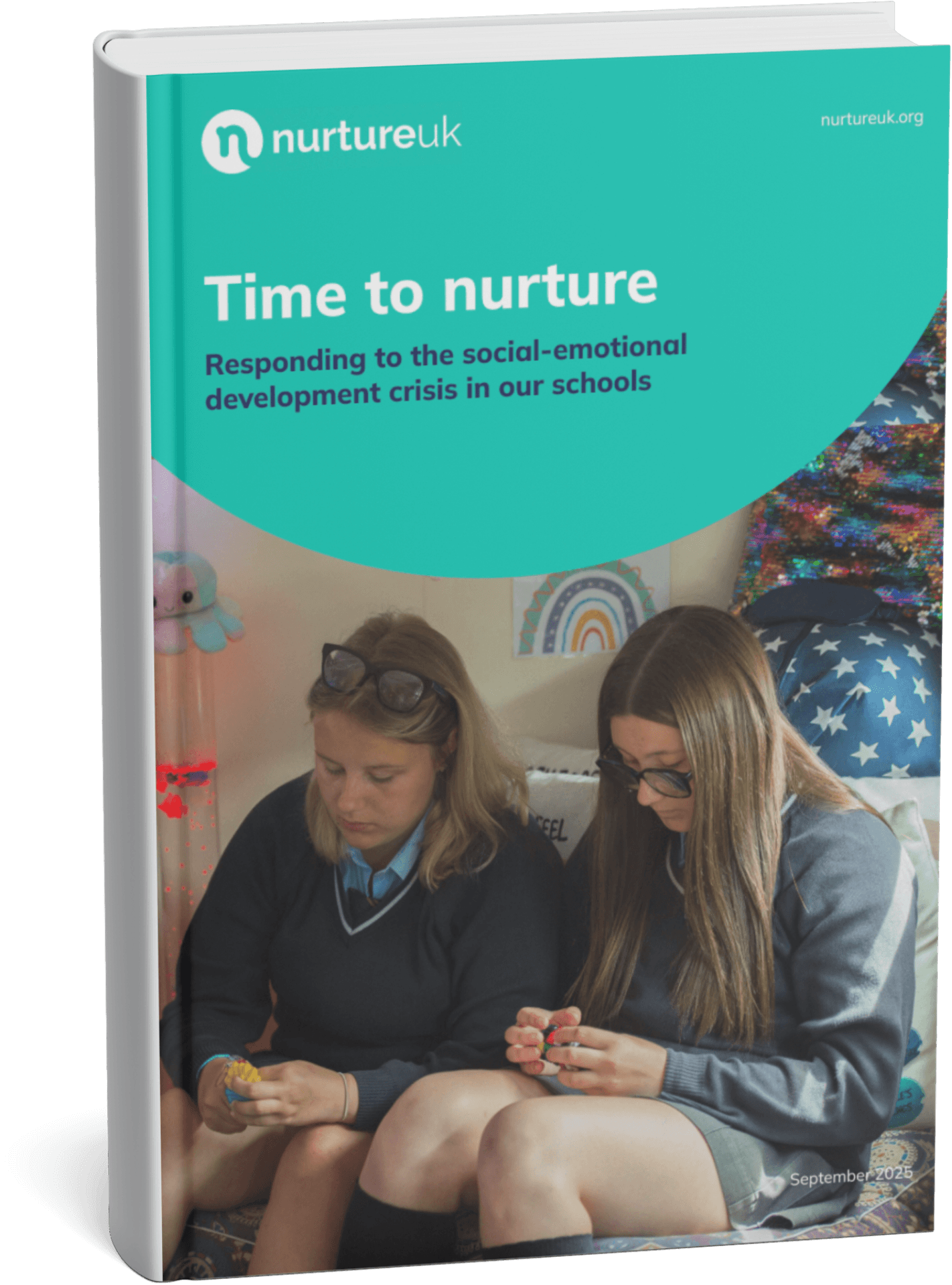Insight & Research Manager | nurtureuk
Throughout all my work in child and youth outcomes over the years, I am driven by the central question: “how do we improve the experiences of young people growing up today, and reduce the harm?”
The problem with measuring social, emotional, and mental health
We live in an age of data. Government departments publish vast datasets daily to fill gaps in our understanding. Yet, when you search for a clear picture of children's social, emotional, and mental health (SEMH), you quickly realise the limitations of what is officially measured.
The Department for Education’s (DfE) annual figures, for instance, only count pupils where SEMH is their primary special educational need (SEN). This narrow focus means we have no official way of knowing how many of the thousands of other young people with SEN are also grappling with significant, but secondary, SEMH difficulties.

Similarly, while NHS England provides Child and Adolescent Mental Health Services (CAMHs) referral data, the fact that 171,134 referrals were closed before a child accessed support in just one year tells a story of a system under strain, not of the true level of need. So, we are left with surveys that estimate "probable mental disorders" but fail to capture the broader spectrum of social, emotional and behavioural challenges that can precede them.
This is why I was eager to analyse nearly one million Boxall Profile® Online (BPO) assessment results carried out over the last eight years. This was an opportunity to gain an unprecedented insight into the social, emotional and behavioural development of young people across England, and also to evaluate the effectiveness of an assessment and intervention tool.
What I found was both validating and sobering. The data revealed that 40% of schools in England had used the BPO, a testament to how widespread the need to support social and emotional development is. For many, this is not a fleeting intervention; 30% of schools conducting over 20 assessments have used the tool for over eight years. This indicates that while the government's direction of travel is for more support in mainstream schools, many dedicated educators are already on the ground, doing the work.
From data to understanding: What assessments tell us about sustained challenges
The first step in a graduated nurturing approach is the early and accurate identification of needs.
Analysis of the BPO data highlighted three core social-emotional difficulties that educators persistently report: challenges in accommodating others, struggles with giving purposeful attention, and difficulty maintaining internalised standards. These are not new issues; our historical data confirms that these fundamental skills, which are crucial for engaging with learning, remain a persistent barrier for many students.
On the behavioural strands, the most common challenges reported were an insecure sense of self, displaying inconsequential behaviour, and self-negating behaviour. Again, two of these have been sustained issues for the last decade.
Unpacking the disparities: Gender and disadvantage
The data also reveals a complex picture regarding intersectionality. Overall, boys are nearly twice as likely as girls to be identified with high SEMH needs, but a different story emerges when we look at their developmental trajectory. There was a notable increase in both moderate and high-level SEMH needs among girls as they transition from primary to secondary school. On the other hand, a higher number of secondary school boys show no apparent SEMH needs compared to their primary-aged peers. This suggests that early intervention is being targeted at the more externally visible behaviours often exhibited by boys, while the more internalised struggles of girls may be missed until they escalate later in their school life.
The link between disadvantage and SEMH needs was also stark. There is a wide gap between Pupil Premium (PP) eligible pupils identified as having high needs, compared to their non-PP eligible peers, reaffirming the evidence that social disadvantage and family adversity are significant risk factors for behavioural problems.

A call for a nurturing, inclusive future
These findings are a wake up call to action. They demonstrate that if we want to reduce the disproportionate exclusion rates of disadvantaged children, we must make targeted efforts to assess and support the social-emotional needs that underpin self-regulation and positive behaviour. School leaders must be empowered and funded to embed universal assessment of social, emotional and behavioural needs.
We know that this way forward is effective – we found that 58% of all pupils register lower social-emotional and behavioural difficulties on their second BPO assessment.
A nurturing approach does good rather than harm, this I am certain of. Still, lasting positive change will only happen when every school understands the specific needs of each child, and all teachers are trained on how to effectively respond to these needs in a nurturing way that addresses all behaviour as communication.



